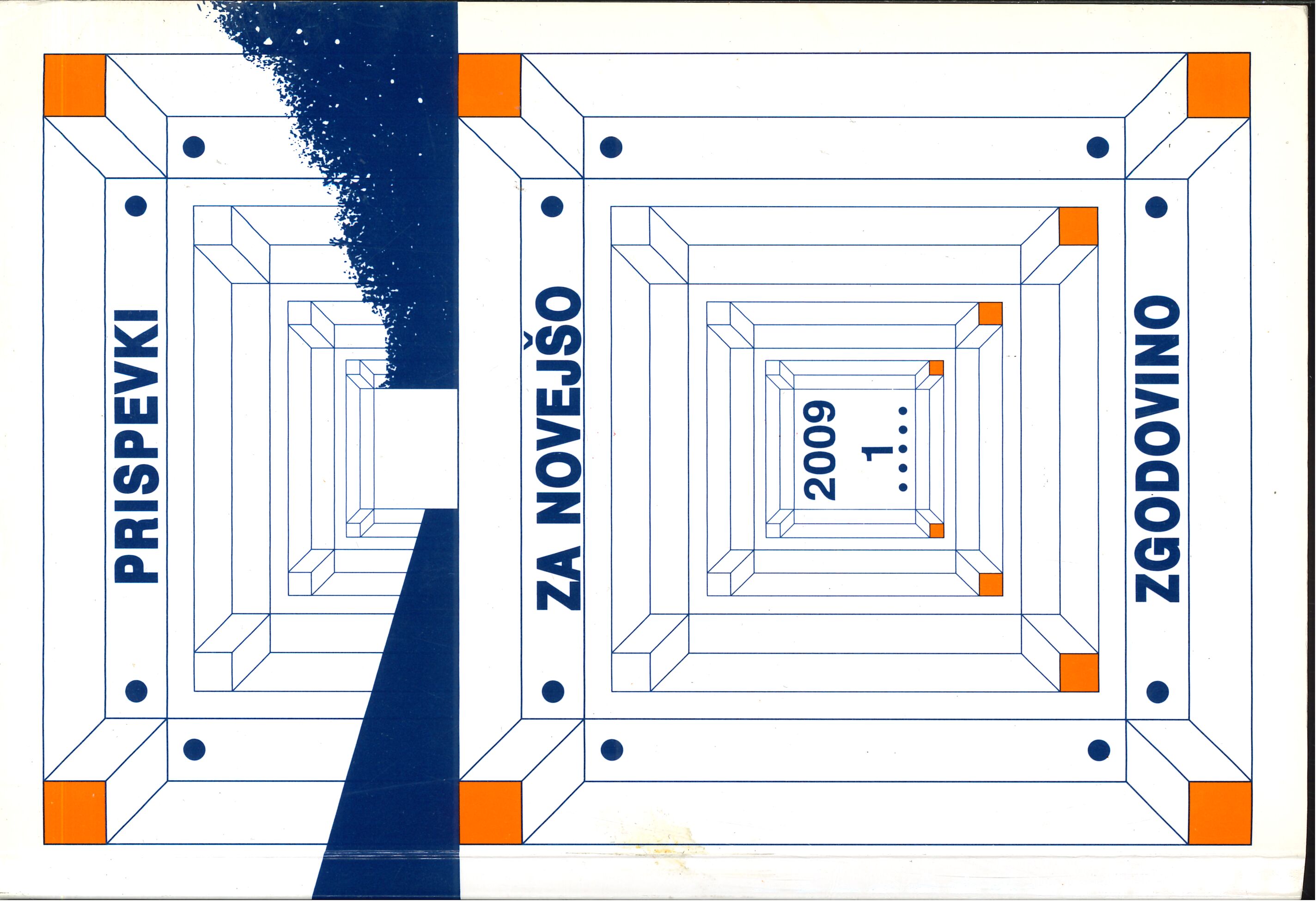"Slovenian" Space in Hungary After the Restoration of Constitutional Life. The Characteristics of (Non)democratisation and (Non)pluralisation on the Left Bank of the River Mura (1861-1918)
Keywords:
Habsburg Monarchy, Hungary, the Prekmurje region, political histroy, democracy, nationalismAbstract
In the following contribution the author analyses the "Slovenian part" of Hungary after the restoration of the constitutional life in the Habsburg Monarchy in the light of democracy and democratisation of society, when nationalism kept increasingly asserting itself in the political life. The author demonstrates that nationalism was far slower to affirm itself among the "Slovenians" on the left bank of the river Mura as among those on the right bank. The link between both banks has existed since the 1860s and was "established" by the Slovenian intellectuals from Carniola and Styria, who were actually only getting to know the people on the other side of Mura. In the time of democratisation, the developments were different in Hungary as in the Austrian part of the Monarchy. If before the turn of the century the Cisleithanian Slovanians acquired certain rights and "transformed" their initial unification policy into a modern plural political party life (in Carniola in the beginning of the 1890s and in Styria after the turn of the century), the "Slovenians" in Hungary have not organised themselves politically until the very dissolution of the double monarchy. Instead they were largely left to the Hungarian national "wave". Only after World War I can we really start talking about the linguistic and cultural unity of the Slovenians from the Prekmurje region with the other Slovenians.
Downloads
Published
Issue
Section
License
Authors who publish with this journal agree to the following terms:
- Authors retain copyright and grant the journal right of first publication with the work simultaneously licensed under a Creative Commons Attribution License that allows others to share the work with an acknowledgement of the work's authorship and initial publication in this journal.
- Authors are able to enter into separate, additional contractual arrangements for the non-exclusive distribution of the journal's published version of the work (e.g., post it to an institutional repository or publish it in a book), with an acknowledgement of its initial publication in this journal.
- Authors are permitted and encouraged to post their work online (e.g., in institutional repositories or on their website) prior to and during the submission process, as it can lead to productive exchanges, as well as earlier and greater citation of published work (See The Effect of Open Access).


